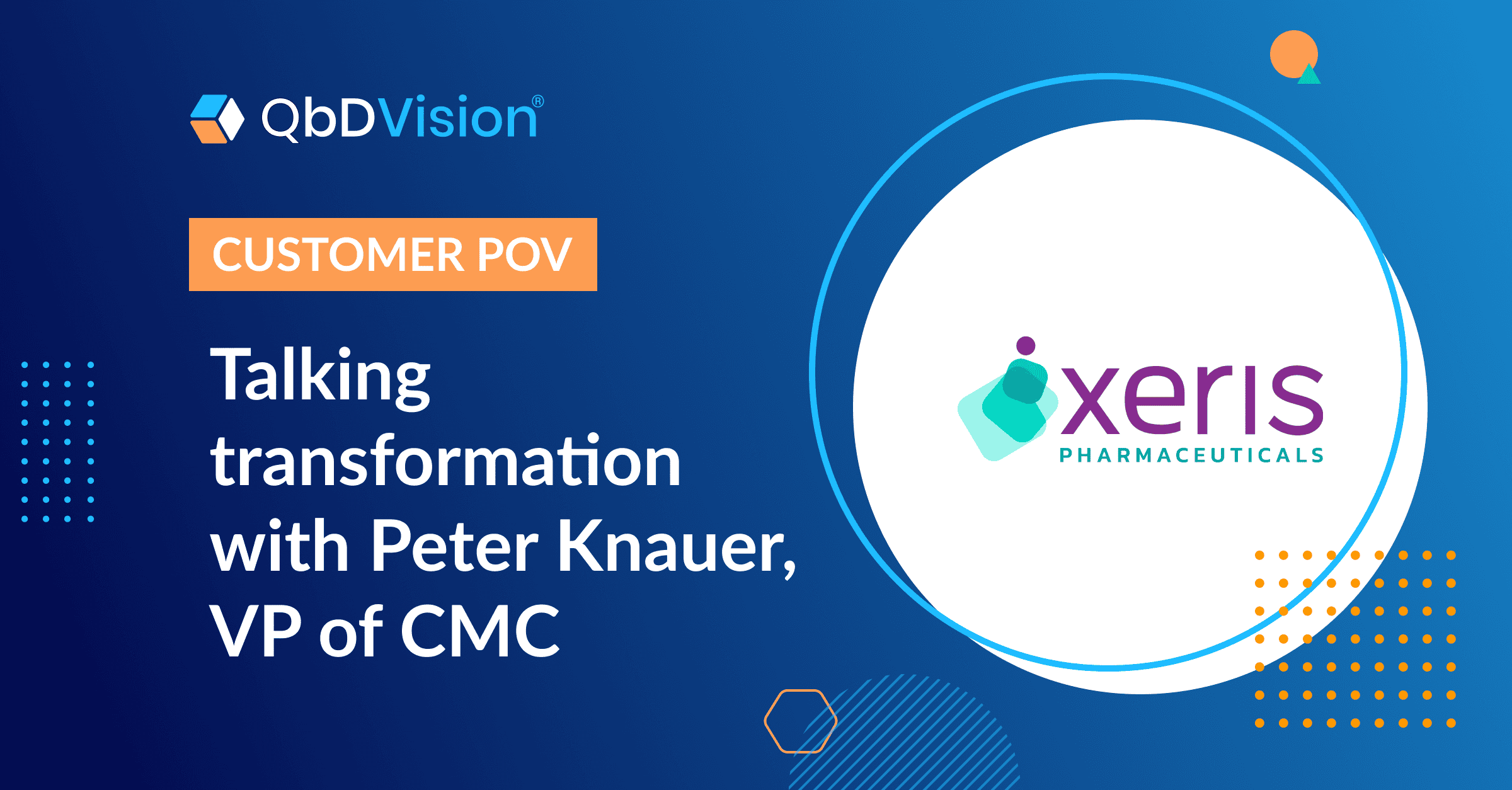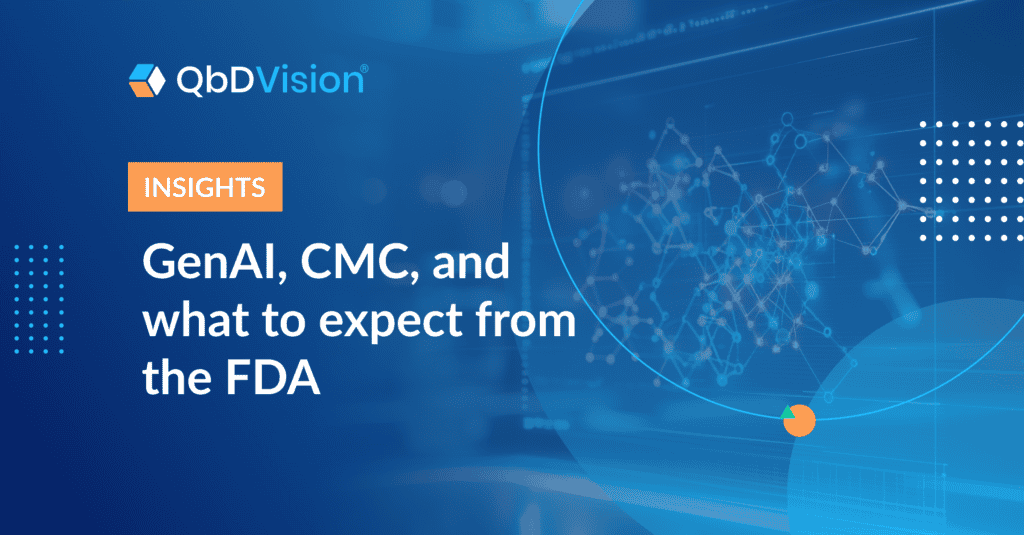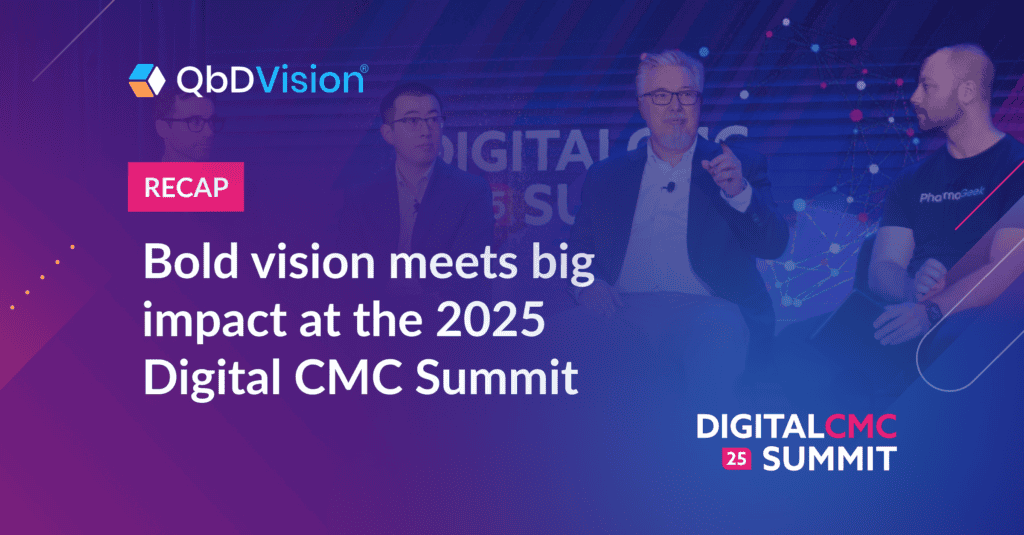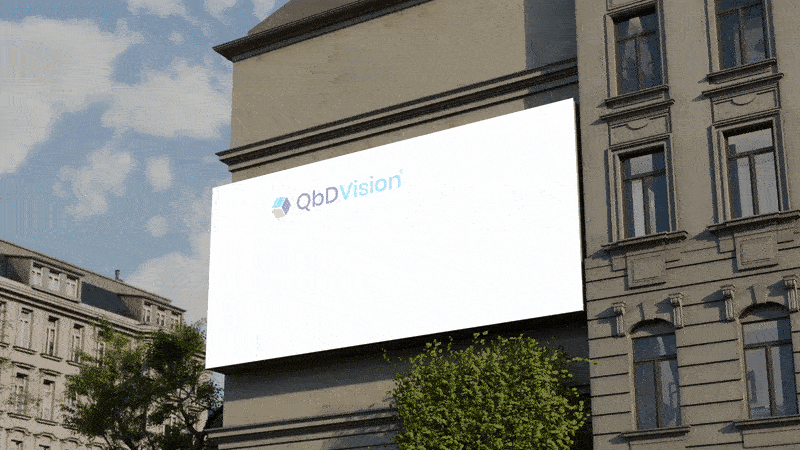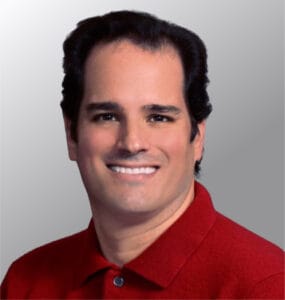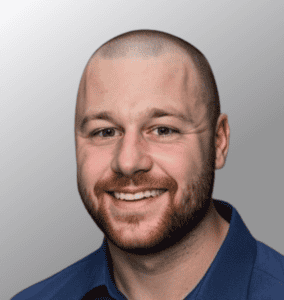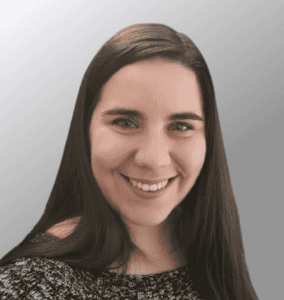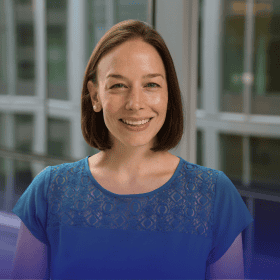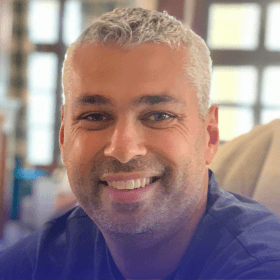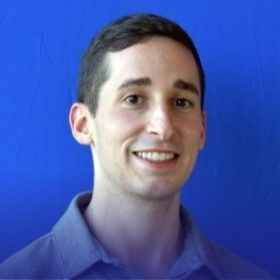Want a power-user look at QbDVision? Meet Peter Knauer, VP CMC at Xeris Biopharma.
An industry veteran and long-time advisor to our team, Peter has been using QbDVision since its earliest versions. Today, he leads the CMC function at Xeris Biopharma: a fast-growing organization that has already developed and commercialized multiple advanced products across a range of therapeutic areas.
As part of an ongoing transformation program, he and his team have put QbDVision at the heart of their evolving products and processes. Just recently, he was kind enough to sit down with us to offer some first-hand experiences with our platform – and to share how it’s helped Xeris streamline multiple key CMC workflows.
The following interview has been edited for content and clarity.
Tell us about your role at Xeris Biopharma.
Peter: I head up the CMC group at Xeris, which means I lead the team that quarterbacks the development of all our products. We’re responsible for all of the regulatory submissions at Xeris from preclinical filings to commercial submissions to post-commercial changes in our product lines.
Basically, if it’s related to “eCTD module 3” processes or inputs, it’s my and my team’s responsibility.
What are some of the challenges that motivated Xeris to adopt QbDVision?
Like just about any biopharma company, Xeris has a lot of different departments, internal stakeholders, and external resources that contribute to the overall drug product development and commercialization effort. And in the past, that has led to many familiar knowledge and data management challenges: lots of scattered documents, reports, and datasets, knowledge trapped in functional silos, and lots of time spent retrieving and consolidating the information we needed to create our deliverables.
QbDVision gave Xeris one centralized repository for our data, documents, risk assessments, and more – everything that needs to flow through the CMC function. Today, it’s pretty much the only place we have to go when we need to pull canonical information into submissions that ultimately go to the FDA or other authorities.
We do still maintain some special-purpose resources outside QbDVision – for example, lab archives and statistical packages for data generation. But QbDVision is now the ultimate repository for all official information that goes into a submission.
What were some of the biggest overall benefits of implementing QbDVIsion?
Before QbDVision, like a lot of biopharma companies, we worked mostly in Excel and Dropbox. We didn’t have core repositories for data, documents, or other information that wasn’t in our spreadsheets. We had a loose collective of files on SharePoint.
So when we needed to start a new project, the best we could do was copy one SharePoint file to another and then try to rework everything manually – changing names, changing risk assessments, and so on. All manually. It was slow and painful, especially when that approach was multiplied across different clinical programs and commercial products.
QbDVision gave Xeris one centralized repository for our data, documents, risk assessments, and more – everything that needs to flow through the CMC function.
Now, with everything centralized in QbDVision, one of the biggest benefits we’ve experienced is that we can take an earlier version of a project and clone it. For example, if we performed a risk assessment for an IND in QbDVision, updating it is as simple as ctrl-D: use QbDVision’s cloning function to create a new version, update it, and you’re done. And you have an instant audit trail.
The shift from clinical to commercial processes is still a quantum leap, of course. But even there, QbDVIsion’s cloning capability enables us to demonstrate exactly how our processes and controls have evolved. If I need to, I can show the FDA risk assessment one, risk assessment two, risk assessment three, and so on.
It’s an incredibly useful piece of software. And a huge time-saver.
Xeris is currently converting the delivery method of one of their products. How has QbDVision helped you with that process?
QbDVision’s cloning function has been a big advantage in this process too. It gives our users the ability to easily reuse and repurpose data from previous projects, instead of recreating it from scratch – which is what we’d typically need to do with legacy pen-and-paper methods.
In the past, with all of our process knowledge stored in different places and formats, we had to reinvent a lot of wheels to switch product presentations. Core process flow, core materials, specifications, and parameters – we had to gather all that information from our current program and then manually rebuild it for a much more involved and complex delivery system.
Now, all of that core process information is prebuilt in QbDVision – how we compound it, filter it, fill it, package it, all ready to go. We can simply clone it forward for the new delivery format. We’re in the process of doing so for one of our active clinical programs, and it’s remarkable how much easier it is to build on work we’ve done before, instead of redoing it. It’s made this step much more seamless.
How has centralizing your data in QbDVision helped streamline post-approval change management at Xeris?
Any time the FDA grants approval for an NDA or BLA, they require drug developers to take a risk-based approach to any post-approval changes. QbDVision can help make that process a lot more efficient.
So for low-risk changes, a company may only need to report them in annual updates to the FDA, while medium risks can be reported via a change being effective (CBE) notification. In both the cases, there’s a good chance the FDA may not feel like it needs to give your data a close inspection. But with high-risk changes, they typically require a much more rigorous prior approval supplement (PAS) – and they will absolutely need to approve your data before you implement that change.
That’s another area where QbDVision is tremendously useful. It makes it much easier for us to verify – and even more importantly, document – that we followed the proper risk assessment process to justify a change. Simply by following the risk management process in QbDVision, we’re fully prepared any time the FDA wants to assert any scrutiny on our processes, materials, or controls.
QbDVision gives us direct visibility into the steps, attributes, and parameters that may be affected, and helps us identify exactly where and why risk levels may be elevated by a post-approval change.
That’s especially valuable with major changes that can have a cascading impact, like changes in your raw materials or suppliers. QbDVision gives us direct visibility into the steps, attributes, and parameters that may be affected, and helps us identify exactly where and why risk levels may be elevated by a post-approval change.
Today, QbDVision plays a particularly important role in helping us analyze and define risk levels related to our suppliers – especially those that supply excipients, API, and other relatively high-risk resources. QbDVision’s risk analysis features give us a really powerful way to pinpoint the level of risk associated with changing those resources, and then start a decision-making chain that’s ready for the FDA.
Which QbDVision features have been most valuable for Xeris’ tech transfer processes?
So I can tell some painful stories about the challenges we went through with Xeris’ first approved product: so many spreadsheets, loose and lost documents, SharePoint files, version control problems.
It was a herculean effort to finalize our FDA submissions and initiate commercial production, largely because we pushed so much work to the very final stages of compilation and submission. We didn’t have a system in place to tell us what needed to be done by when, and why.
QbDVision has a couple of key features that really helped us turn that situation around.
By my estimate, using QbDVision helps shave anywhere from 6 to 12 months off our tech transfer timelines.
One is the “recommended actions” function, which for us is probably one of the most important datasets in the entire platform. It enables us to be very specific about when important steps need to be taken and why: for example, qualifying a material before a registration batch, so the CMAs for that material can be identified and leveraged in all the following steps. By following those recommended actions over time, we’re able to both de-risk our processes and demonstrate to the FDA how we did so.
Another really, really important aspect of any tech transfer is the process flow, which QbDVision displays very effectively. Unit operations, process components and inputs, key material attributes, intermediate and final quality attributes – all of those things are beautifully visualized for both our internal team and the CDMOs who receive those process flows from us. It makes it very easy for everyone to understand both the overall structure of the process, the individual steps, and the context for each one.
Features like these have been extremely valuable in helping us get and keep CMC off the critical path for more recent products and development programs. By my estimate, using QbDVision helps shave anywhere from 6 to 12 months off our tech transfer timelines.
Any final thoughts on how QbDVision has helped Xeris enhance its CMC program?
So at every company I’ve worked for the last 30 years, the critical path has always run through either clinical or CMC – and a lot of the time it’s CMC. Clinical can’t start a study program until they get the materials manufactured and released, or commercial can’t ramp up because processes haven’t been transferred and validated on time. I’ve seen so many development cycles that run in fits and starts, with key workflows constantly piling up behind delayed CMC milestones.
QbDVision helps solve that. It allows us to progress in a more orderly way, and keep our CMC program in a more steady state of progress. We’re able to move the needle on a lot of work that we might otherwise have paused while we wait for inputs from other groups. We can get ahead of things much more adeptly.
And that is actually an astounding change to the way we do things.
GET IN TOUCH
Want to see results like these in your CMC program?
Reach out to our team at any time. We’d love to learn more about your team and pipeline, and explore how QbDVision can help you reach your operational goals.
